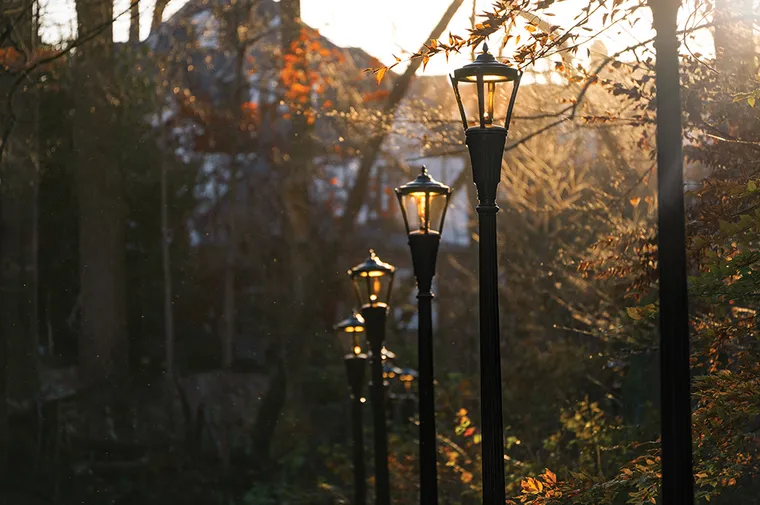How Washington, D.C., modernized its trails for safety and style
In June 2024, Washington, D.C., completed one of the most ambitious public lighting upgrades in the country. The Smart Street Lighting Project, the largest public-private partnership (P3) of its kind in the U.S., transformed more than 75,000 outdated streetlights into a modern, energy-efficient, and smart-controlled network.
More than a technical achievement, this initiative has delivered tangible benefits to the nation’s capital, fostering safer streets and parks and a stronger sense of community for residents and visitors alike. While the project spanned the entire city, its impact is especially visible—and appreciated—on the city’s popular park trails, where lighting plays a critical role in safety, accessibility, and aesthetics.
For parks and recreation departments considering similar upgrades, the D.C. project offers valuable lessons in collaboration, customization, and community engagement.

